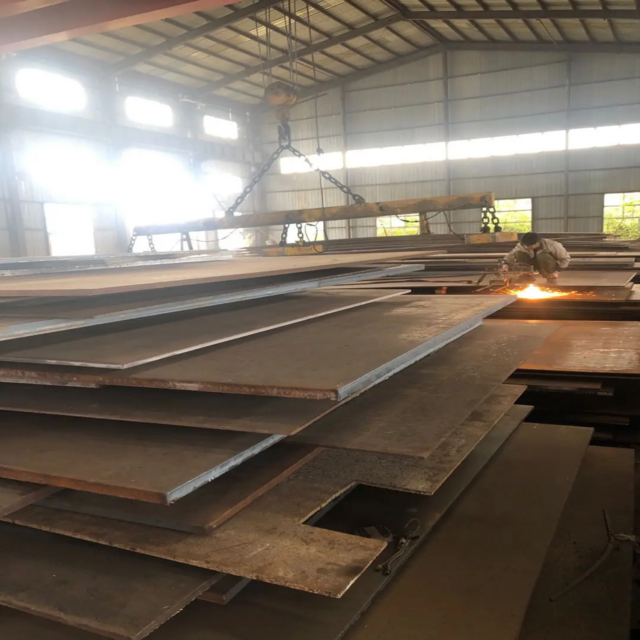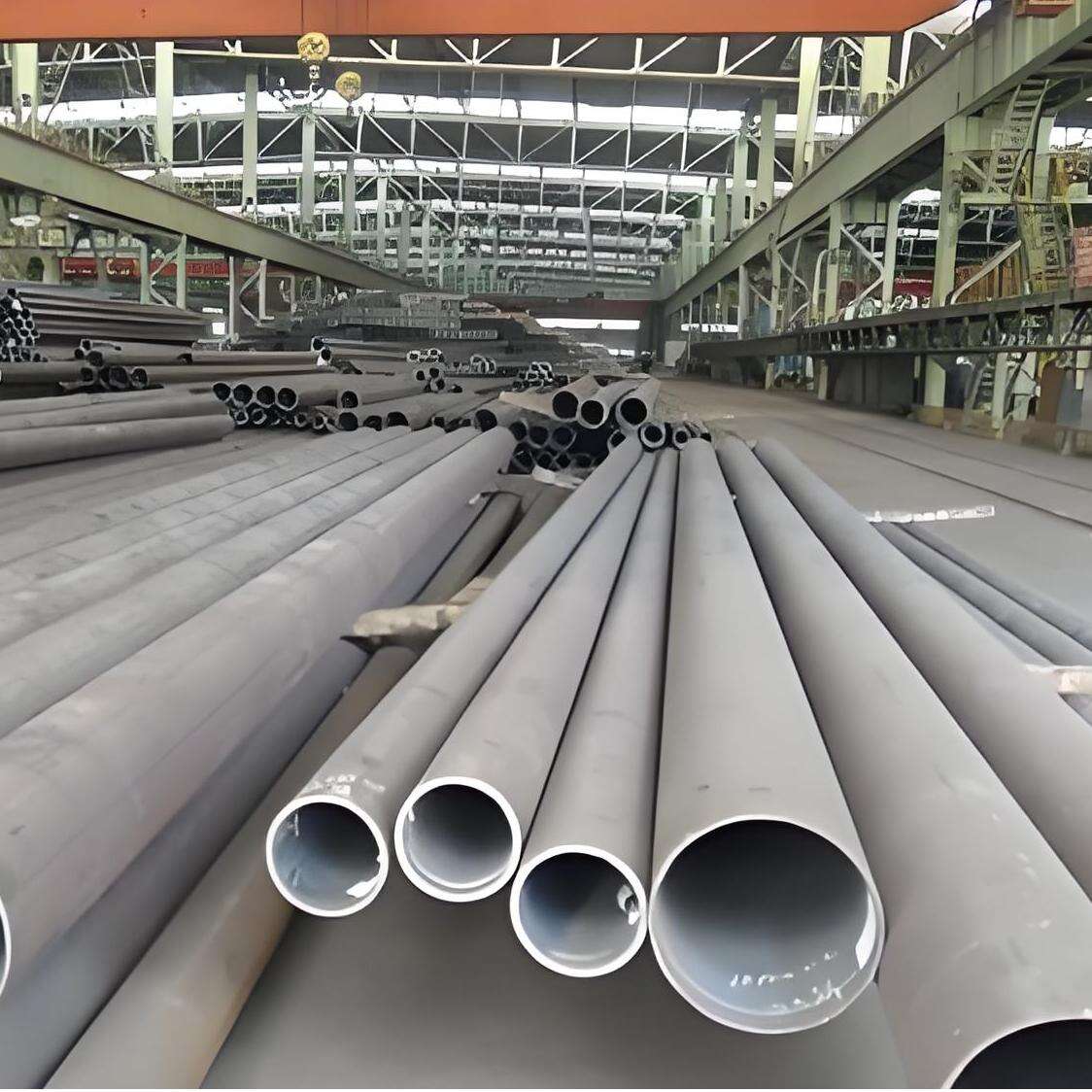stainless steel strip roll
Stainless steel strip rolls represent a versatile and essential industrial product that combines durability with precision manufacturing. These rolls consist of continuous lengths of stainless steel material, produced through advanced rolling processes that ensure consistent thickness, width, and surface finish. The strips are engineered to meet specific dimensional tolerances and material grade requirements, making them suitable for various applications across multiple industries. The manufacturing process involves carefully controlled hot and cold rolling techniques, resulting in strips that exhibit excellent mechanical properties, including high tensile strength, superior corrosion resistance, and exceptional formability. These rolls are available in different grades, including austenitic, ferritic, and martensitic varieties, each offering unique characteristics suited to specific applications. The strips can be supplied in various surface finishes, from mirror-like polish to matte textures, accommodating diverse aesthetic and functional requirements. Modern production methods incorporate advanced quality control measures, ensuring consistency in material properties and dimensional accuracy throughout the entire length of the roll.


